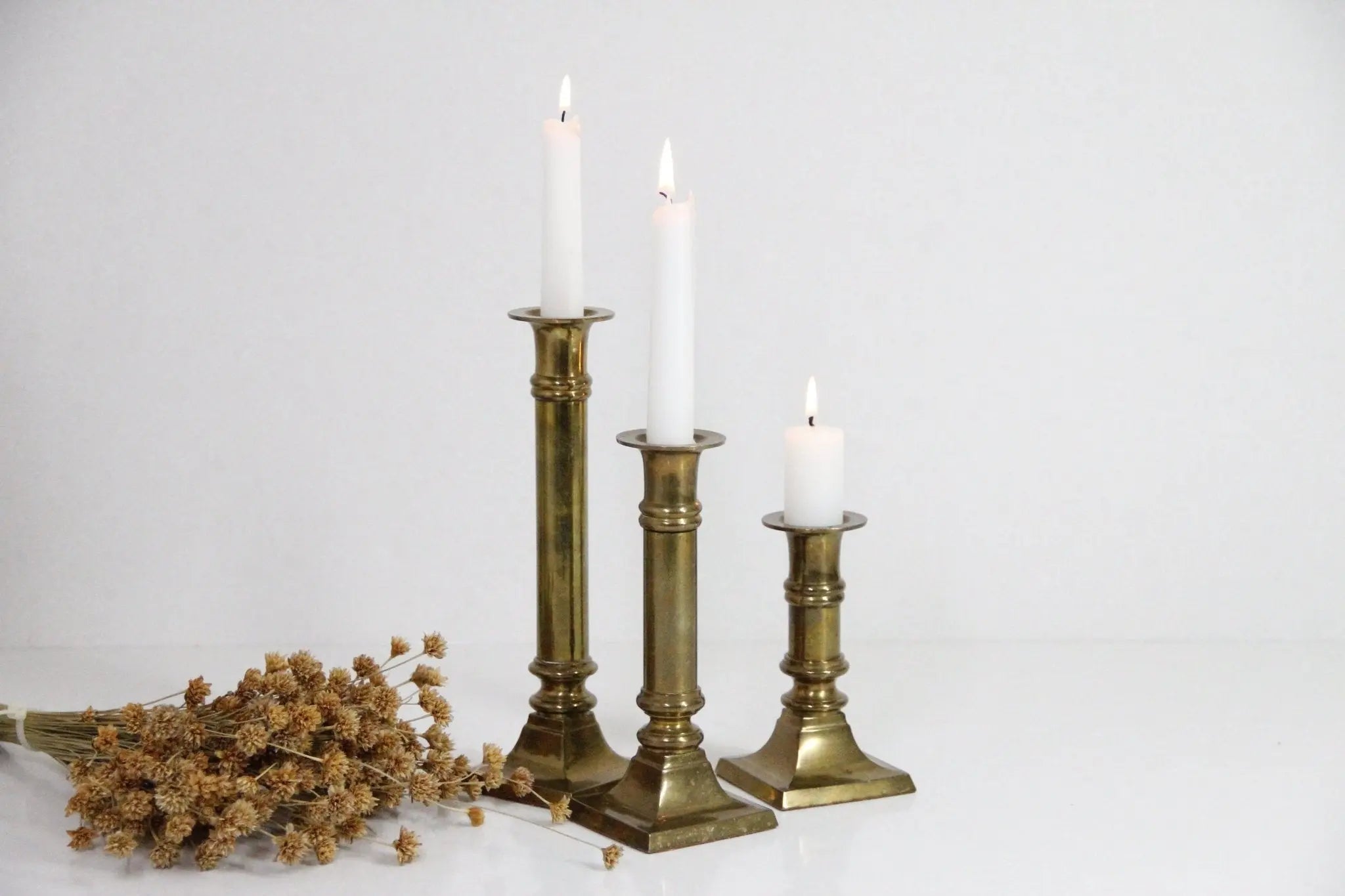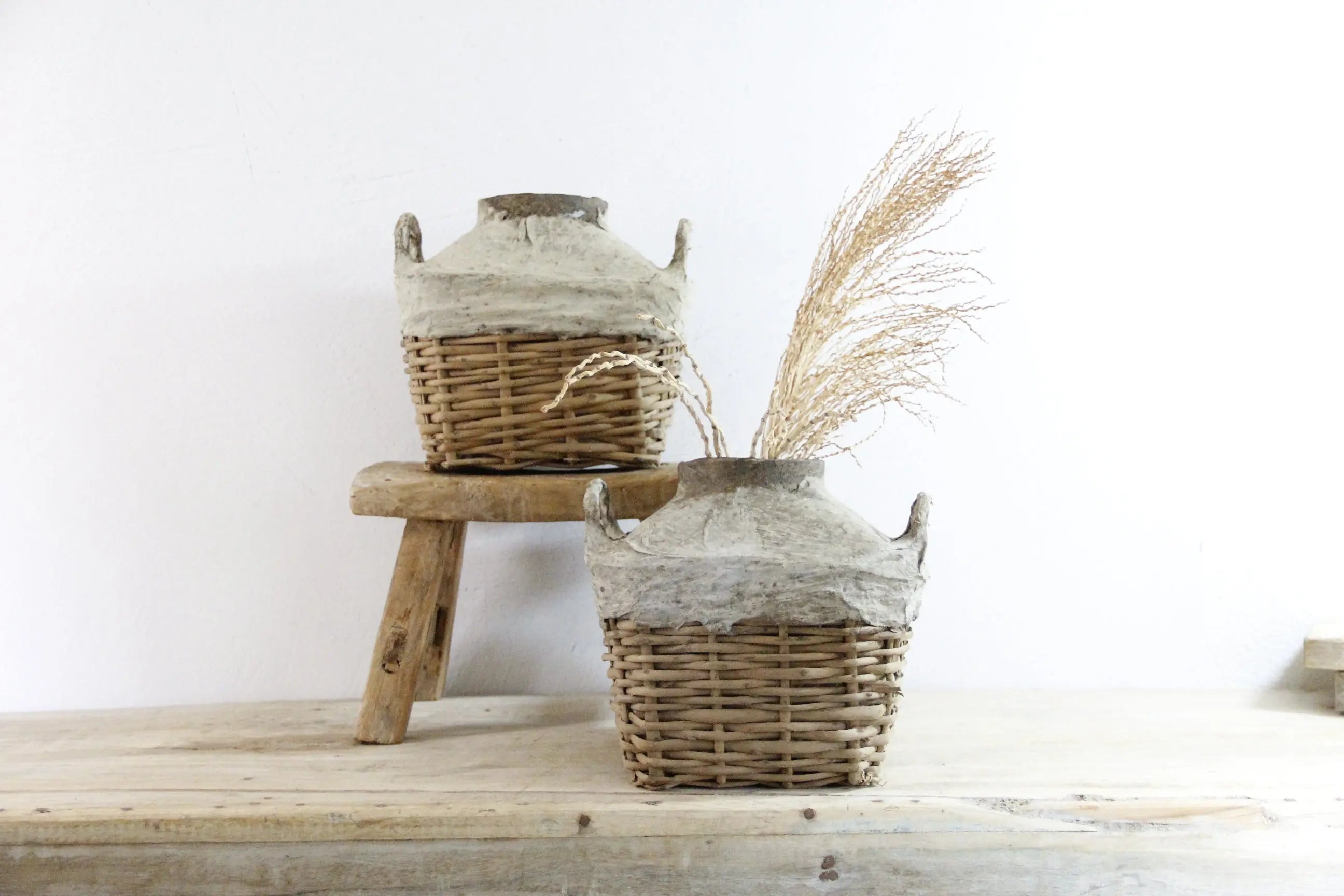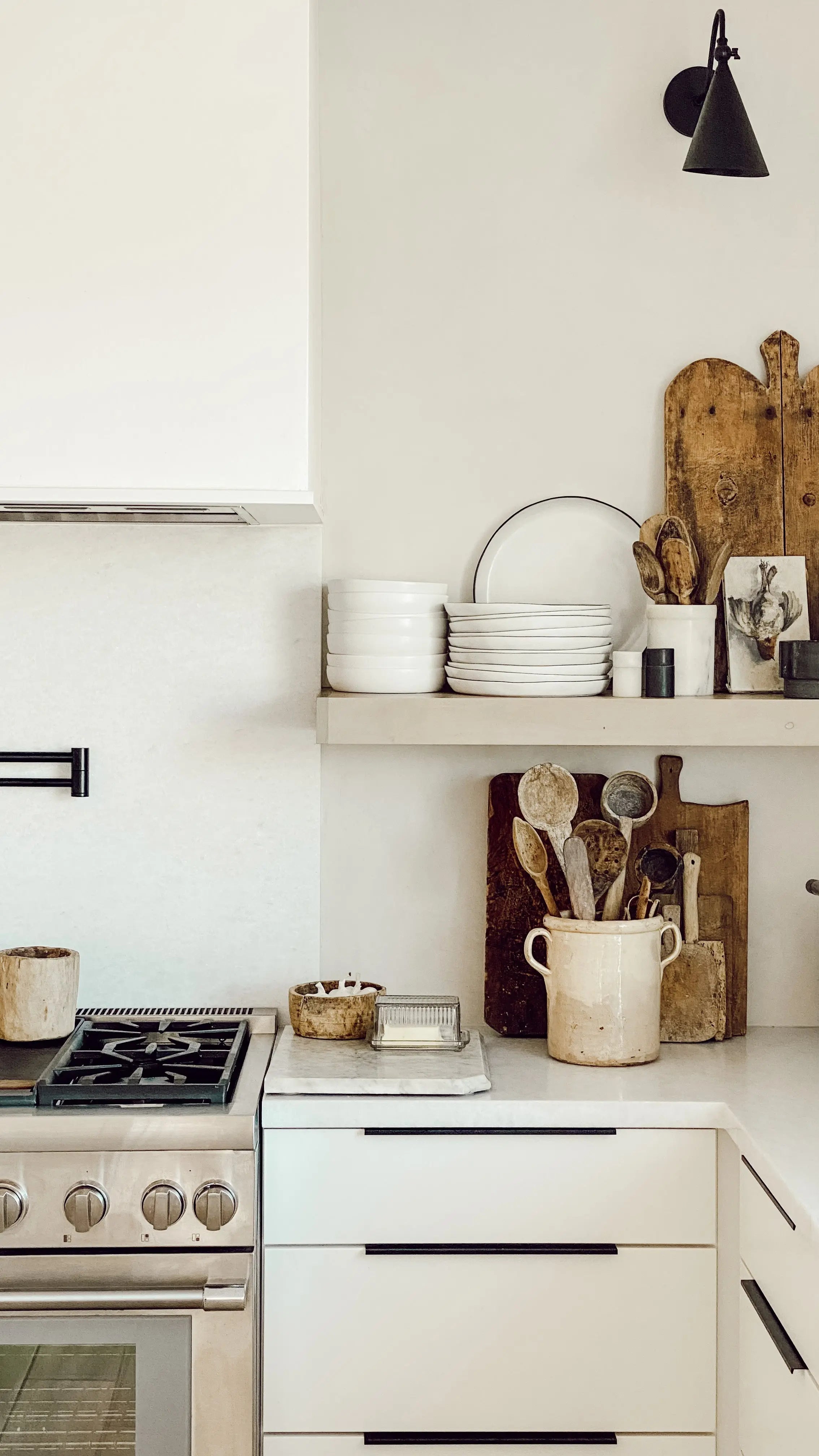Antique Silverware - A Guide To Maintaining & Caring

How to Clean and Care for Antique Silverware: A Preservation Guide
Antique silverware holds a unique charm and elegance that modern pieces often can't replicate. Whether you've inherited a treasured set, picked up a few from us or discovered a beautiful collection at an antique market, proper care and maintenance are crucial to preserving its beauty and value.
In this guide, we'll walk you through the best practices for cleaning, storing, and maintaining your antique silverware to ensure it remains a cherished heirloom for generations to come.
Understanding Antique Silverware
Before diving into the care routine, it's important to understand the different types of antique silverware. The most common types are sterling silver, silver plate, and coin silver. Each type requires slightly different care, so it's helpful to know what you have:
- Sterling Silver: Contains 92.5% silver and 7.5% other metals (usually copper). It is more durable and valuable.
- Silver Plate: Has a thin layer of silver coating another metal (often copper or brass). It is less valuable but still requires proper care.
- Coin Silver: Made from melted-down coins, it contains approximately 90% silver.
Cleaning Antique Silverware
Regular cleaning is essential to keep your antique silverware looking its best. Here are some safe and effective methods:
1. Gentle Hand Washing:
- Use warm water and a mild, phosphate-free dish soap.
- Avoid using abrasive sponges or brushes that can scratch the surface.
- Rinse thoroughly to remove any soap residue.
- Dry immediately with a soft, lint-free cloth to prevent water spots.
2. Polishing:
- Use a high-quality, non-abrasive silver polish. Avoid all-purpose metal polishes as they can be too harsh.
- Apply a small amount of polish to a soft cloth and gently rub the silverware in a straight line (not circular) to prevent scratches.
- Rinse thoroughly with warm water and dry immediately.
3. Removing Tarnish:
- For light tarnish, a silver polishing cloth can be effective.
- For more stubborn tarnish, create a paste with baking soda and water. Apply with a soft cloth, gently rub, and rinse thoroughly. I also like to use Bar Keepers Friend on tougher deep tarnish.
- For heavily tarnished pieces, a professional cleaning might be necessary.
Stowing Away Antique Silverware
If planning to stow away or only use on special occasions, proper storage is key to preventing tarnish and damage:
1. Keep It Dry: Moisture accelerates tarnishing. Store silverware in a dry, low-humidity environment.
2. Use Anti-Tarnish Strips: Place anti-tarnish strips or silica gel packets in your storage area to absorb moisture and reduce tarnish.
3. Wrap Individually: Wrap each piece in acid-free tissue paper or soft cotton cloth to prevent scratching and tarnishing.
4. Silverware Chests and Rolls: Consider using specially designed silverware chests or rolls lined with tarnish-resistant fabric.
Addressing Common Issues
Even with the best care, antique silverware can develop issues over time. Here’s how to address some common problems:
1.Scratches: Light scratches can often be polished out with silver polish. Deep scratches may require professional restoration.
2. Pitting: This can occur from prolonged exposure to moisture or acidic foods. Light pitting can be minimized with regular polishing, but severe pitting may need professional attention.
3. Loose Handles: If your silverware has wooden or ivory handles, they can become loose over time. Tightening them often requires professional help to avoid damage.
Caring for antique silverware involves a delicate balance of regular cleaning, careful handling, and proper storage. By following these guidelines, you can ensure that your cherished pieces remain beautiful and valuable for years to come. Antique silverware is more than just functional; it's a piece of history that adds elegance and charm to any dining experience.
With a little effort and attention, you can preserve its splendor for future generations to enjoy.
Do you have any tips or tricks for caring for antique silverware? Share your experiences in the comments below!


